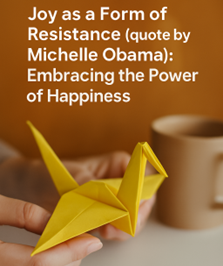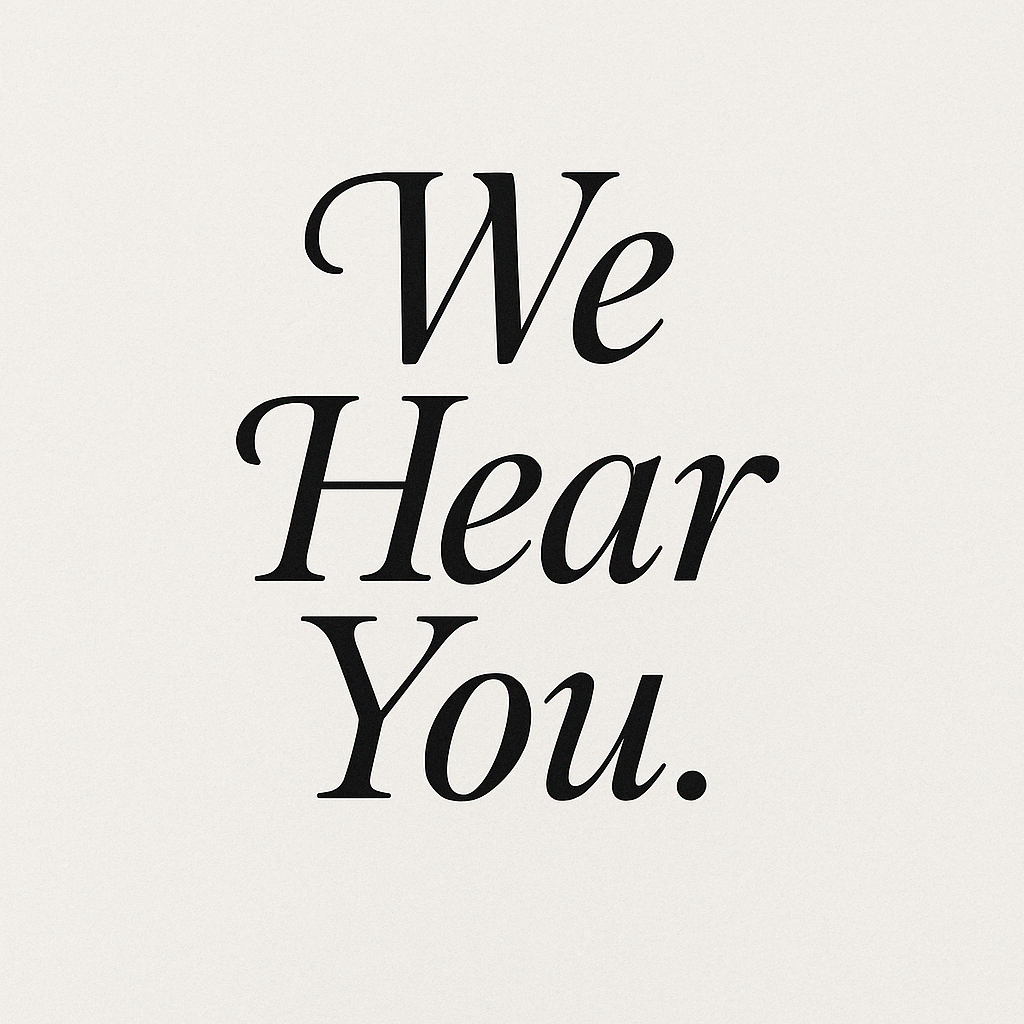Anxiety has become an increasingly common struggle in today’s fast-paced world. Whether it’s related to work, relationships, or the weight of daily life, many of us are faced with feelings of unease, worry, and tension. Understanding anxiety and finding effective ways to manage it is essential for maintaining both our mental and physical well-being.
In this post, we will explore an approach to anxiety that focuses not just on managing symptoms, but on rediscovering calm, cultivating mindfulness, and building resilience. Let’s start with a few key concepts to understand anxiety and how we can begin taking back control.
What is Anxiety?
At its core, anxiety is a natural emotional response to perceived stress or danger. It’s the feeling we get when faced with uncertainty or fear. It’s our body’s way of preparing us for action — the “fight or flight” response. In small doses, anxiety can be helpful, motivating us to stay alert and focused. However, when anxiety becomes chronic or overwhelming, it can interfere with our daily lives.
Understanding the Root Causes
While anxiety is often triggered by external factors — like work pressure or relationship challenges — it can also be influenced by deeper internal factors, such as past experiences, unresolved trauma, or negative thinking patterns. To truly manage anxiety, it’s important to understand these root causes and address them with compassion and care.
An Approach: Cultivating Calm through Mindfulness
A key shift in managing anxiety is to move away from simply “getting rid of” it and instead focus on embracing it with mindfulness. Mindfulness encourages us to stay present, observe our emotions without judgment, and breathe through moments of discomfort. By developing mindfulness skills, we can reduce anxiety’s power over us and reconnect with a sense of calm.
Practical Strategies for Managing Anxiety
- Deep Breathing: When anxiety strikes, your body goes into a heightened state of arousal. By practising deep breathing, you can activate your parasympathetic nervous system — the body’s natural “calming” mechanism. Try inhaling deeply for four counts, holding for four counts, and exhaling for four counts. Repeat this cycle several times to ground yourself.
- Progressive Muscle Relaxation (PMR): PMR involves tensing and relaxing each muscle group in your body, helping to release physical tension caused by anxiety. This technique helps you become more aware of how anxiety manifests physically and gives you tools to release it.
- Mindful Meditation: Meditation offers a time to centre yourself and tune out the mind’s constant chatter. Even five minutes of mindful breathing and body scanning can help quiet the mind and reduce anxiety.
- Self-Compassion: Being kind to yourself during anxious moments is crucial. Anxiety often brings self-criticism along with it. Instead of judging yourself, practice self-compassion by treating yourself with the kindness you would offer a close friend.
Creating an Anxiety Management Plan
While these techniques can offer immediate relief, developing a personal anxiety management plan is key to long-term success. Here’s a simple worksheet to help you track your anxiety and develop an action plan that works for you:
Final Thoughts: Rediscovering Calm
Managing anxiety is a process, and it’s different for everyone. By focusing on mindfulness, self-compassion, and creating a structured plan, you can find the calm that lives within you — even amid chaos. Remember, it’s not about eliminating anxiety but instead learning to navigate it with grace and resilience.
If you’re feeling overwhelmed, don’t hesitate to seek professional support. Counselling and therapy can offer invaluable tools and insight into your anxiety, helping you live a more balanced and peaceful life.
Take the first step today—download our anxiety management worksheet and begin your journey to rediscovering calm.
Additional Support for Your Journey
We understand that anxiety can be overwhelming at times, but you don’t have to face it alone. We’re here to support you in every step of your journey toward calm and resilience. As part of our commitment to your well-being, we’ve created a helpful Anxiety Rating with Stars tool to guide you through understanding your feelings and exploring actionable steps to regain balance. Remember, every small step counts, and you have the power to create positive change.



